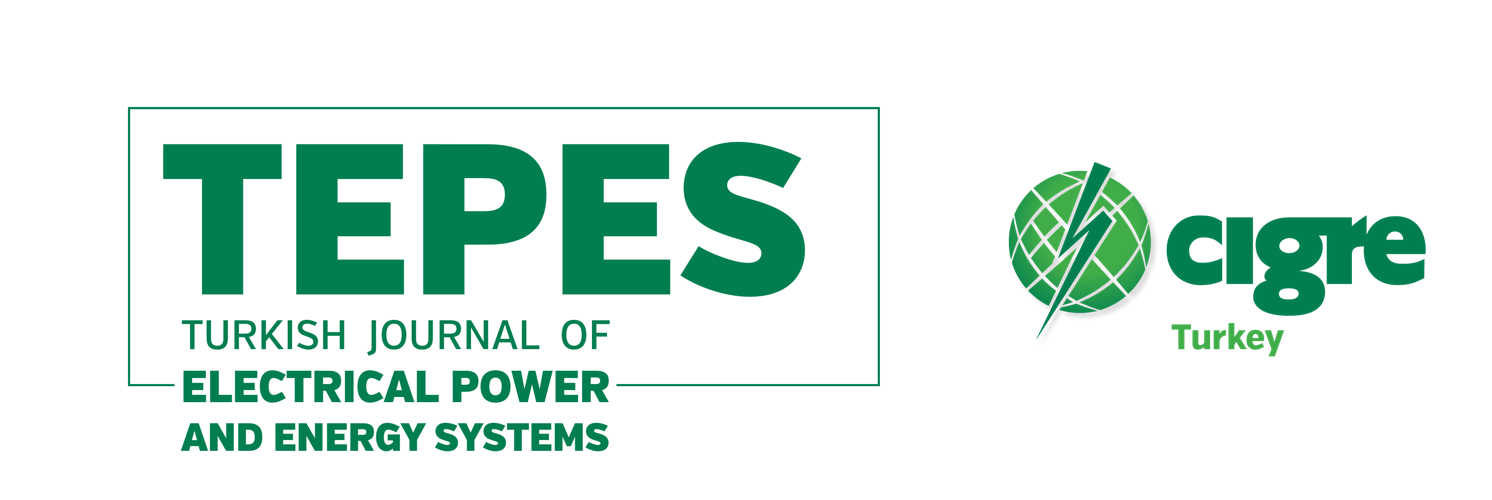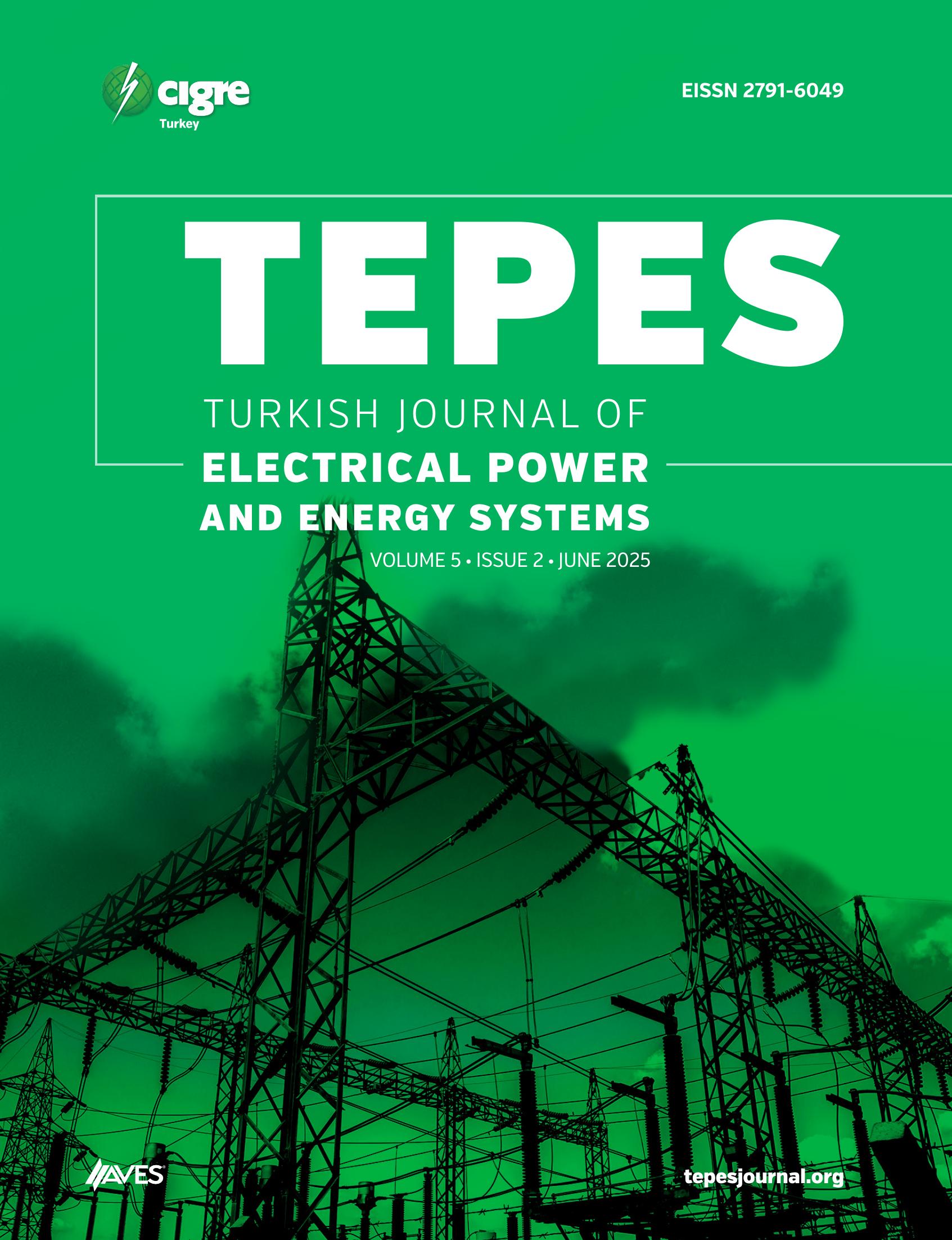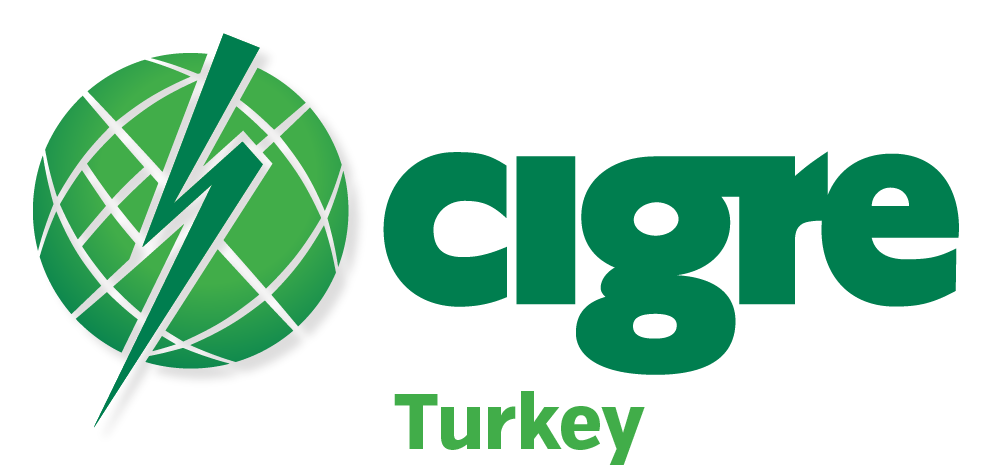This paper accentuates the study of LLC resonant converter by a comparative analysis of the properties of LLC resonant and pulse width modulation direct current-direct current converters. Lately, LLC resonant converters have become more appealing and desirable in many applications than other pulse width modulation converters (e.g., Buck, Boost, Cuk) for their soft-switching techniques like zero voltage switching, zero current switching as well as low electromagnetic interference. This paper presents an analysis of efficiency variation, output voltage’s ripple, and various transient performances like percentage overshoot, and the settling time with the variation of load current in a comparative way between LLC resonant converter’s buck, boost operation, and conventional pulse width modulation converter’s buck, boost operation. Feedback proportional-integral-derivative duty cycle controller is used in all converter topologies for some specific analysis. A fixed input voltage of 100 V is selected for simulation and an output voltage of 24 V for buck operation and 120 V for boost operation are chosen. For simulation purposes, MATLAB/SIMULINK software is used.
Cite this article as: M. M. Rahman, R. Abdullah, A. Ahammad and I. K. Amin, “Performance analysis of LLC resonant and pulse width modulation direct current-direct current converters for buck and boost operation,” Turk J Electr Power Energy Syst., 2024; 4(2), 96-107.








